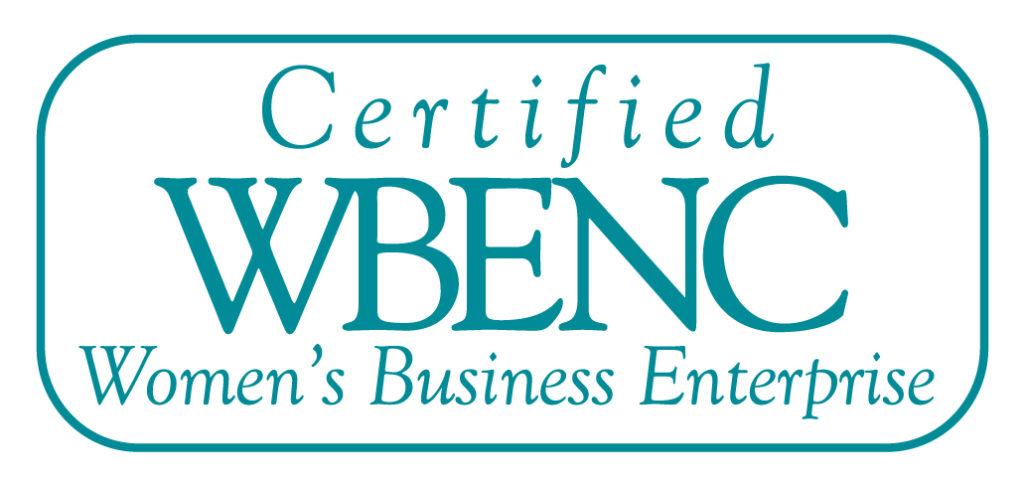Is your company on the journey to transform your operating model to Agile? Are you struggling to achieve the benefits or desired outcomes? Don’t worry, you are not alone. It is common to uncover that while your organization might support the vision and benefits of agile, it is often hard to tackle the “elephants in the room” blocking Agile progress within your organization. It is difficult because true change may require a hard look in the mirror to challenge the way things have always been done.
If a transformation was easy it would be called something else, like a quick win. Or a free lunch. But we all know change is hard; particularly when it may involve reshaping the culture of your organization. Delivering results takes commitment, focus and drive. The same is true in order to achieve the benefits of agile. And we believe an assessment of progress can be very powerful in helping identify the obstacles. Some of these obstacles may be the “sacred cows” or “elephants in the room” that folks might be afraid to raise or tackle. Allowing an experienced independent coach to raise these challenges can be so beneficial; especially because they are not afraid their job will be on the line!
Everyone thinks they want Agile
The Agile operating methods are no longer just for the software industry. All industries are benefiting from adopting the Agile values and principles. However, it is often hard to conceptualize and implement a method originally designed for software. Following the Agile Manifesto alone leaves a lot left for an organization to determine. To follow are the key principles:
- Individuals and interactions over processes and tools
- Working software over comprehensive documentation
- Customer collaboration over contract negotiation
- Responding to change over following a plan
Even though Agile is an unknown path forward for many companies, company executives have heard about the benefits of Agile and are willing to invest in the transformation. What company would pass up on higher quality, improved customer engagement, increased transparency and planning predictability? Everyone is ready to reap the rewards of Agile, BUT are they truly ready?
Being ready for the transformation is one of the hardest things for a company to determine. Do you bring in a few coaches to work with the teams? Do you send people out for certifications and trainings and keep your fingers crossed that they can return with insights to adopt within your culture? Companies often get started on their Agile Transformation without understanding what the true problem is they are trying to solve by adopting Agile. Is Agile someone’s solution in search of the problem?
Taming the Elephants
After completing an Agile Assessment for a large company, I presented my findings, the consequences of the findings, and offered recommendations for change to the executive management team. One of the items uncovered in my research was that a top executive had a reputation for punishing failure and often times grilling the person who delivers unpleasant news.
Immediately, the executive that was called out stood up and shouted “This is crazy! Whoever is saying that does not belong at this company”. No one else in the room responded or spoke up. I simply looked at the executive and stated “Looks like the case has just been made here in this room. Are we ready to tame the elephant?”. The executive was a little surprised with my remark, but smiled and said “I guess I am often quick to jump”. There was a collective sigh of relief amongst the group and the entire mood of the room immediately shifted to be more open and productive.
What are you really trying to solve?
It is important that the company leaders uncover their current situation prior to investing in Agile. A difficult situation can be solved in many ways and it’s important that your leadership team is transparent and ready to acknowledge the existence of the elephants. Many companies fail implementing Agile methods, because they skipped this very important first step. Ask yourself the following questions “how do you stack up?”
1. Do you play a finger pointing game with your vendors?
2. Are you looking to solve an issue with the quality of your development?
3. Are your delivery methods currently too slow?
4. Do you have issues with departments not collaborating?
5. Is there a lack of open communication within the culture?
6. Are you craving innovation?
While Agile can solve many of the above items and more, so can a good old fashion sit down chat. Don’t get me wrong I’m still an Agile advocate, but leaders need to make sure they understand what they are trying to solve first before tackling a large endeavor. An Agile Assessment is a great way to help with this. Only then will they be able to adopt change through Agile methods and reap the rewards they are searching for. Here are some examples of elephants that I have seen block companies on their Agile Transformation journeys:
- Agile affects the entire organization and it is not something that just one department can adopt. The entire organization needs to collaborate in order to be successful. This means every leader within the organization needs to be ready, committed and available.
- Often there are rumors about what Agile can offer, such as it will speed up your development time. Its true you will see results delivered iteratively, but if your company does not invest properly in tools to empower the development team then the operating model alone will not deliver results.
- Rolling out Agile across an organization all at once is not always the best idea. Often times organizations feel as though it’s an all or nothing approach. Leaders need to be on the same page as to where to start and also align on milestones. Interrupting an entire organization while learning is not ideal. You still need to operate and deliver while trying to transform.
- Thinking that Agile is only for development teams can hold a company back. Agile can be implemented for both development and also non-development teams. Taking the time to understand the principles and many flavors of the Agile models can help find the correct and often custom fit for your company.
- Frequently companies start at the bottom by training people to operate in an Agile manner, but forget the critical factor that setting up the teams for success needs to come first. Do you have everything in place to support and empower your teams to operate in an Agile manner?
Taming the elephants requires a safe environment and a strong leadership team that is ready for change. Having an outside Agile Assessment can provide a different viewpoint that is much need for clarity and transparency. If your company is struggling to adopt Agile, an Agile Assessment provides a clear path to help identify the challenges and obstacles that are blocking the path to success.





